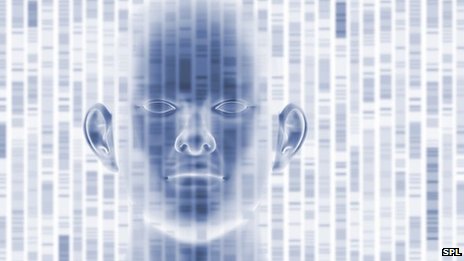Data Science – The MUST KNOW to become a successful Data Scientist!

Analyzing such wide variety of data, which is getting generated at a rapid continuous pace, requires extraordinary reasoning and skills. To cater to these needs, one should have knowledge about 4 important areas of study, which includes Statistical Analysis, Data Mining, Forecasting (Time series) & Data Visualization.
MUST KNOW for Statistical Analysis includes
- Exploratory Data Analysis because 60% of the project time is spent in exploring data & this is one most important step which even a seasoned data scientist would miss out
- Hypothesis testing to determine the statistically significant input variable which influence the output variable
- Regression techniques such as Linear, Logistic, Poisson, Negative Binomial regression to build predictive models
- Imputation to deal with the missing data including Null values, missing values, NA values, etc.
MUST KNOW for Data Mining Unsupervised Learning includes
- Clustering / Segmentation techniques such as K-means & Hierarchical clustering which helps in building strategies for specific groups of related things
- Dimension Reduction techniques such as PCA & SVD to effectively & smoothly manage the huge volumes of data
- Association Rules/Market Basket Analysis to establish relationship between the various item
- Recommendation System to recommend the next item which a customer might most likely purchase
- Network Analysis to identify which person/item is very important within the entire network
MUST KNOW for Data Mining Supervised Learning includes:
- Decision Tree, Random Forest, Naive Bayes, K-NN, Neural Networks & SVM. All these techniques is used in predictive modeling & classification model building
- Artificial Intelligence & machine learning is at the heart of supervised learning & with the advent of Internet of Things the world will witness a huge demand for professionals with knowledge on Data Mining Supervised Learning techniques
MUST KNOW for Forecasting/Time series includes:
- AR, MA, ARMA, ARIMA should be understood to forecast the future sales or profits or weather or anything which is based on data ordered in time series
- ARCH & GARCH are the techniques, which are used when we have high frequency data, meaning, data, which gets generated as a very frequent pace such as stock market data.
MUST KNOW for Data Visualization includes:
- Top-notch tools such as Tableau will help you visualize the data to bring about meaningful inferences for business benefit
- Learning data visualization principles is pivotal to successfully build the visualizations/reports & effectively showcase these to the various stakeholders in the most meaningful & engaging fashion
With thorough understanding of all these concepts, one can become a successful Data Scientist.


























Nice article, Today data science is playing a key role in all sectors and companies are on hunt for good data scientists and analysts as they are playing role in their product development and for business growth.